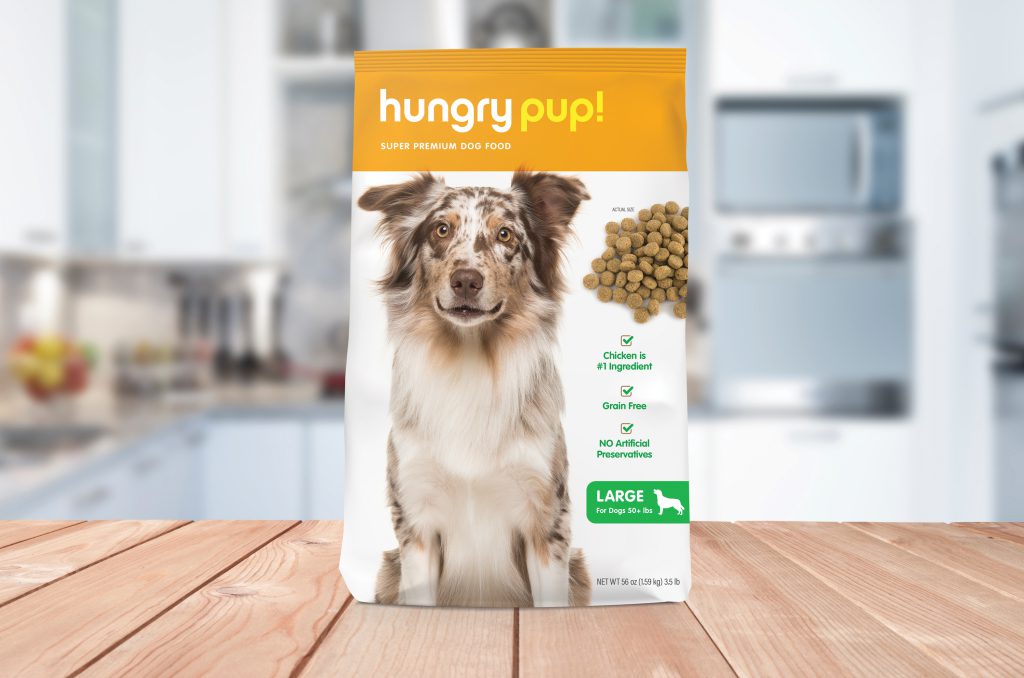How to design memorable pet food packaging while keeping costs in check for you and your customers
An increasing number of pet parents are becoming more educated about the range of pet food options and more discerning with what they choose to feed their four-legged kiddos. For these customers, the product’s nutritional makeup and ingredient list may be a conscious factor in every purchase. For others, however, once they’ve settled on a reliable, high-quality food, brand loyalty grows out of habit. It’s knowing they can’t leave the store without Fido’s favorite: “the big red bag on the bottom shelf with the Jack Russell on it.”
The design of your bag is essential to the bond customers make with your product and, as such, is worthy of your attention and investment. Here are three secrets to creating memorable packaging without busting your budget.
1. Choose a design and stick to it.
Similar to the formulation itself, you should think of your bag design as an integral component of your complete pet food package. It is not something to test in the marketplace and tweak later. The lag time between designing your packaging, producing the bag, filling it with product and finally seeing it hit shelves can be several months. It can take up to a year before you get feedback on how well your product is moving. Glenn Treliving, Director, Product and Business Development at Layfield Group Limited, says most pet foods brands approach their packaging design like car styles, wanting to maintain the same look for 3 to 5 years as there is a lot of time and investment each time you change it. That being said, it’s important to work with an experienced manufacturer who has the knowledge and expertise to help you design successful packaging that can stand the test of time.
2. Consider the design specs.
Each time you create a new packaging design, new plates must be created for the printing process. Although these plates will be used over and over again, initial plate costs can range from $2000 to $10,000 per SKU, and additional colors can lead to additional cost. More is not always better, and some of the most attractive designs on the market utilize limited colors. Especially for smaller companies trying to enter the market, a resourceful design that can save a significant amount in pre-press costs.
3. Don’t forfeit value for fads.
One of the biggest mistakes a brand can make is to adopt an expensive new packaging fad and plan to recoup the cost with a heftier price tag. Treliving warns that jumping on the latest packaging bandwagon can be risky if it moves you out of your typical price point. It may be tempting to take on the expense of adding a nifty pour spout or swapping your bag for an unexpected box. His advice: do your research. Consider the entire life cycle of the package, from filling and transportation, to merchandising and, finally, the consumer experience. What may seem like a benefit to you may come off as overpackaging to your customers. Focus on creating reliable, attractive packaging for a product that stays within their price range and comfort zone.
